Propagation of Streptocarpus between paper towels in ziploc bags
mark4321_gw
6 years ago
Featured Answer
Sort by:Oldest
Comments (97)
irina_co
6 years agomark4321_gw
6 years agoRelated Discussions
Newspaper instead of paper towels in rooting?
Comments (13)James, fignut et el Here is the article that deals with the issue of putting the butt end (rooting end) of the cutting up with respect to the terminal end. The article demystifies the fact as to why the root end up and the other one down. It is about the the heat i.e. providing heat to the rooting end during storage. This upside method is done when the cuttings are stored for the winter outside in the ground upside down with rooting side up) deep enough that the top of the cuttings is just 6" under the soil so the sun can provide heat for callousing. In the author's words "Over the winter the cuttings will develop callous and possibly some roots. Placing them in the hole upside down puts the butt ends closest to the surface, so they can be warmed by the sun, creating favorable conditions for root development. Being upside down also discourages top growth". The full article can be seen at : http://www.freeplants.com/hardofdecid.htm If it is just heat then, probably, its helping during the Ziploc storage of cuttings may be just a matter of perception since heat is available in Ziploc whether up, down or horizontal. Where is Taplas to help?...See Moredying streptocarpus
Comments (7)Jon, I've rooted a leaf in water successful over the winter by accident. I had broken a leaf and plopped it into a glass of water until I had time to deal with it. A month later, I still didn't get around to it and I just topped up the water. I don't know who kept watering it, but the next time I looked at it, there was a full-sized plantlet with four leaves at least a couple of inches long on it! I had tried rooting in water before and the leaf rotted. You may be right, Jon that rooting in water may work best in the winter. Thanks, Bloomingpotty, for the warm water trick. I've left a cold leaf in a sink of cold water for at least two days because when it didn't firm up within an hour, I went on to do other things. I'll do the warm water thing next time. How is your plant doing Bumblebee? I've never been able to save a plant that started to rot. Although I'm crossing my fingers on the two remaining of five plants that I bought recently. They were in a really spongy soil mix and were way too wet. I didn't get around to repotting them until I'd had them for a month. The two plants I have left have been potted down from a 4½" pot to 2½" pot....See MorePaper towel germination of peppers, yikes! What now?
Comments (40)2 weeks in 3oz. bathroom solo cups under fluorescent lights right down on top of the cups, then into the coke bottles outside for 4 weeks, then into their final resting place. SB50 - I just guide the vines through the top of my 6' cages and then let them hang down where ever they want to go until they are finished. I have to admit I like Raybo's (Container Gardening forum) 54" Wally World Glamos cages set one on top of the other with 1/8" wire rope clips. This can be done with either the Glamos 42" or 54" cages, or with the Gardman 54" plastic-coated cages. I went bargain hunting today and got twenty two of the Gardman 54" cages at Target for 50% off, $6 each :-) BTW, I think the peppers germinated in Burpee peat cubes or MG Organic Choice in 3oz. solo cups did much better than the ones germinated in the paper towels. Tom...See MoreSinningia Propagation
Comments (25)I rooted a leaf - but no new shoots - usually it means either no tuber or blind tuber - i squeezed a pot a bit - we will see. I am not sure that Rio is sterile - because Hung brought a back cross of (helleri x guttata) x helleri to Omaha convention last summer. The mother was not Rio - but one of the unnamed siblings. Nothing truly different, but confirms - that S.guttata and S,helleri are close enough to produce fertile progeny The easiest way to propagate is from tip cuttings - you can probably take a tip, and another stem cutting from under the tip - and if you really want a lot of them -probably a part of leaf with a petiole and a "heel" - a sliver from a stem with a sleeping bud - will be the way to the bag with wet towels. You really are overdue to join SF group - Alan LaVergne colllection of large tuber Sinningias is huge - and they are all trained to live outside under the tree in Palo Alto....See MoreRosie1949
6 years agomark4321_gw
6 years agomark4321_gw
6 years agoRosie1949
6 years agodbarron
6 years agoHyn Patty, Western NC Mountains (USA)
6 years agoRosie1949
6 years agomark4321_gw
6 years agomark4321_gw
6 years agoRosie1949
6 years agolast modified: 6 years agomark4321_gw
6 years agomark4321_gw
6 years agoHyn Patty, Western NC Mountains (USA)
6 years agoRosie1949
6 years agoHyn Patty, Western NC Mountains (USA)
6 years agomark4321_gw
6 years agoHyn Patty, Western NC Mountains (USA)
6 years agolast modified: 6 years agomark4321_gw
6 years agoHyn Patty, Western NC Mountains (USA)
6 years agolast modified: 6 years agomark4321_gw
6 years agomark4321_gw
6 years agomark4321_gw
6 years agomark4321_gw
6 years agoirina_co
6 years agoRosie1949
6 years agomark4321_gw
6 years agomark4321_gw
6 years agodbarron
6 years agomark4321_gw
6 years agoirina_co
6 years agofawnee0214
6 years agomark4321_gw
6 years agomark4321_gw
6 years agolast modified: 6 years agoRosie1949
6 years agomark4321_gw
6 years agomark4321_gw
6 years agoRosie1949
6 years agoRosie1949
6 years agodbarron
6 years agolast modified: 6 years agoRosie1949
6 years agolast modified: 6 years agomark4321_gw
6 years agoRosie1949
6 years agomark4321_gw
6 years agoRosie1949
6 years agoPaul MI
6 years agolast modified: 6 years agoirina_co
6 years agomark4321_gw
6 years agoPaul MI
6 years ago
Related Stories
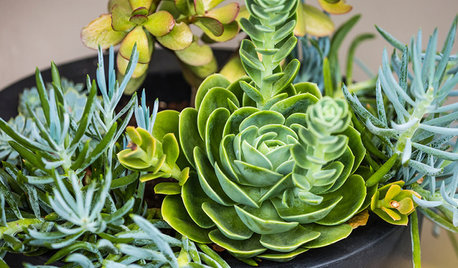
SUCCULENTSGardening 101: What to Know About Propagating Succulents
Here’s how to grow more succulents from the plants you already have
Full Story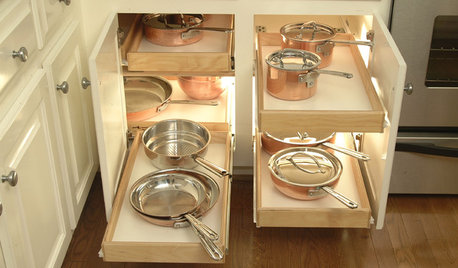
KITCHEN DESIGNSpring Clean Your Kitchen
Scour our 15 ways to ditch the dirt and get rid of the gunk, leaving your kitchen spick and span in time for spring
Full Story
FUN HOUZZ14 Things You Need to Start Doing Now for Your Spouse’s Sake
You have no idea how annoying your habits at home can be. We’re here to tell you
Full Story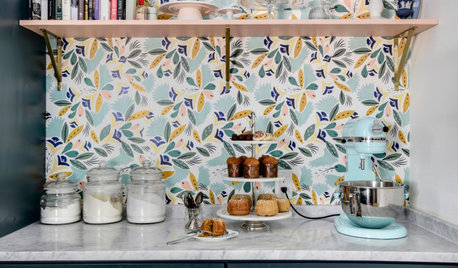
KITCHEN DESIGN12 Items Worth a Spot on Your Kitchen Counter
Keep these useful tools and accessories out in the open to maintain high function without spoiling the view
Full Story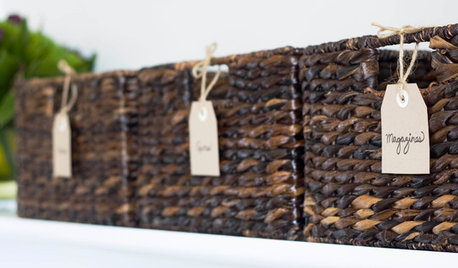
ORGANIZINGGet Organized: Are You a Piler or a Filer?
Tote out the bins and baskets and learn how to be an organized piler if file cabinets leave you cringing
Full Story
GARDENING GUIDESHow to Get More Plants Free
These techniques will let you grow your garden by creating new plants from those you already have
Full Story
ORGANIZING7-Day Plan: Get a Spotless, Beautifully Organized Kitchen
Our weeklong plan will help you get your kitchen spick-and-span from top to bottom
Full Story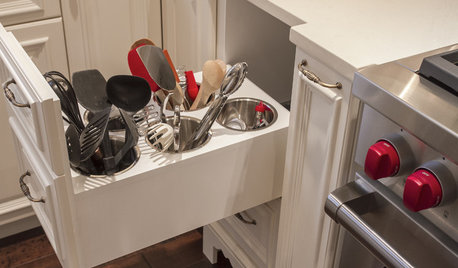
MOST POPULARThe 15 Most Popular Kitchen Storage Ideas on Houzz
Solve common kitchen dilemmas in style with custom and ready-made organizers, drawers, shelves and more
Full Story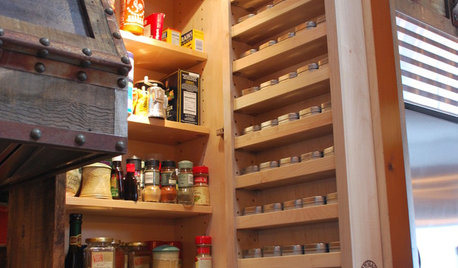
KITCHEN DESIGN7 Steps to Pantry Perfection
Learn from one homeowner’s plan to reorganize her pantry for real life
Full Story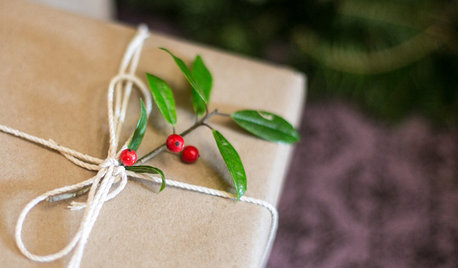
CHRISTMASGift Giving the Simple-ish Way
If buying holiday gifts drives you to the spiked holiday punch, try these easier but still rewarding traditions
Full Story


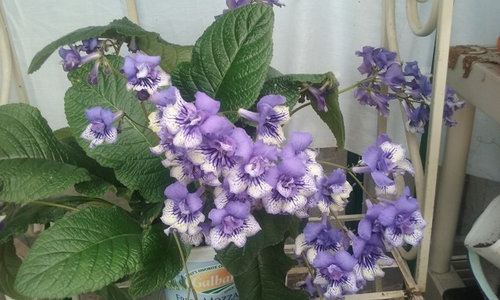

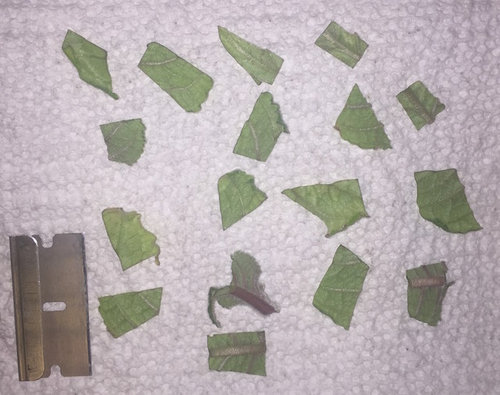

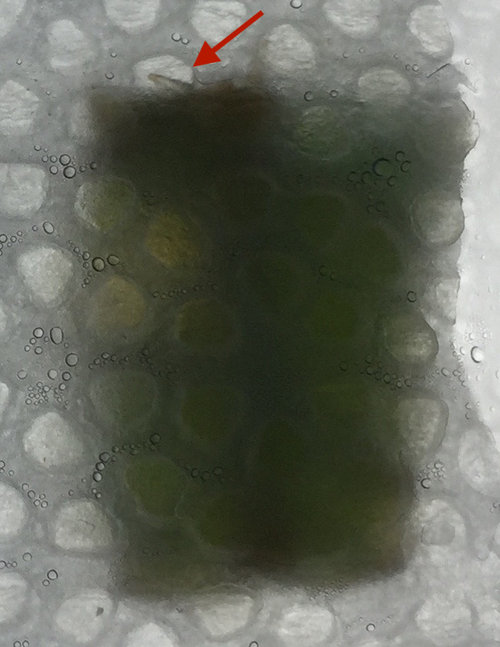
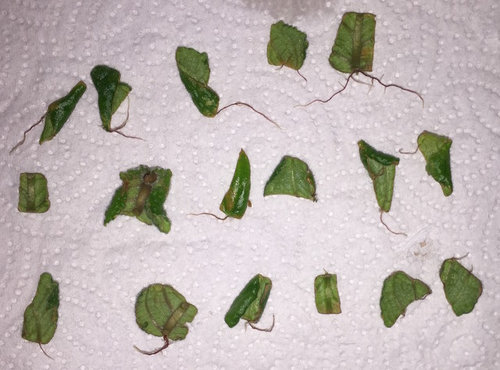

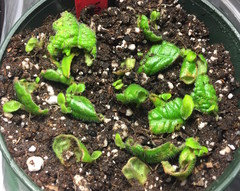


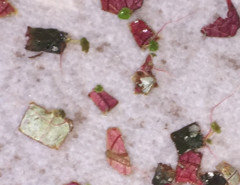


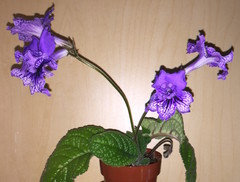

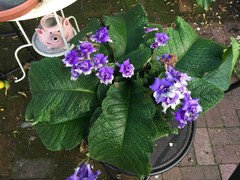

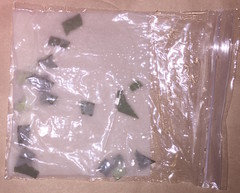


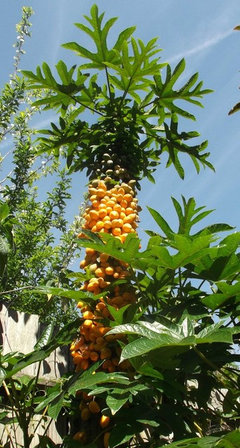
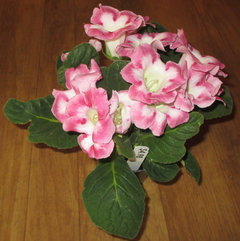
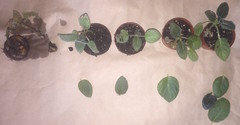
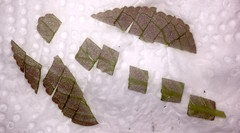
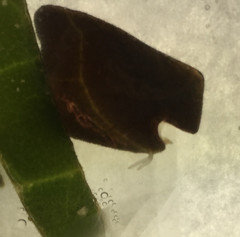

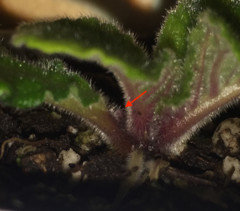

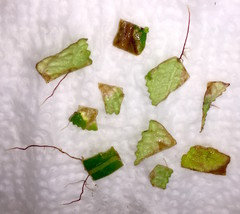
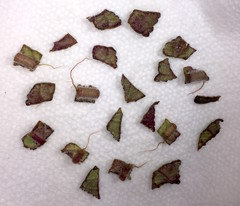
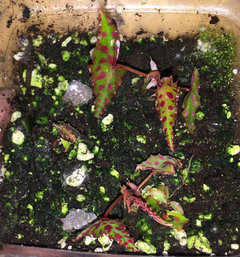


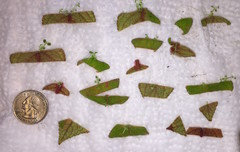
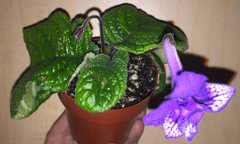
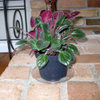
irina_co